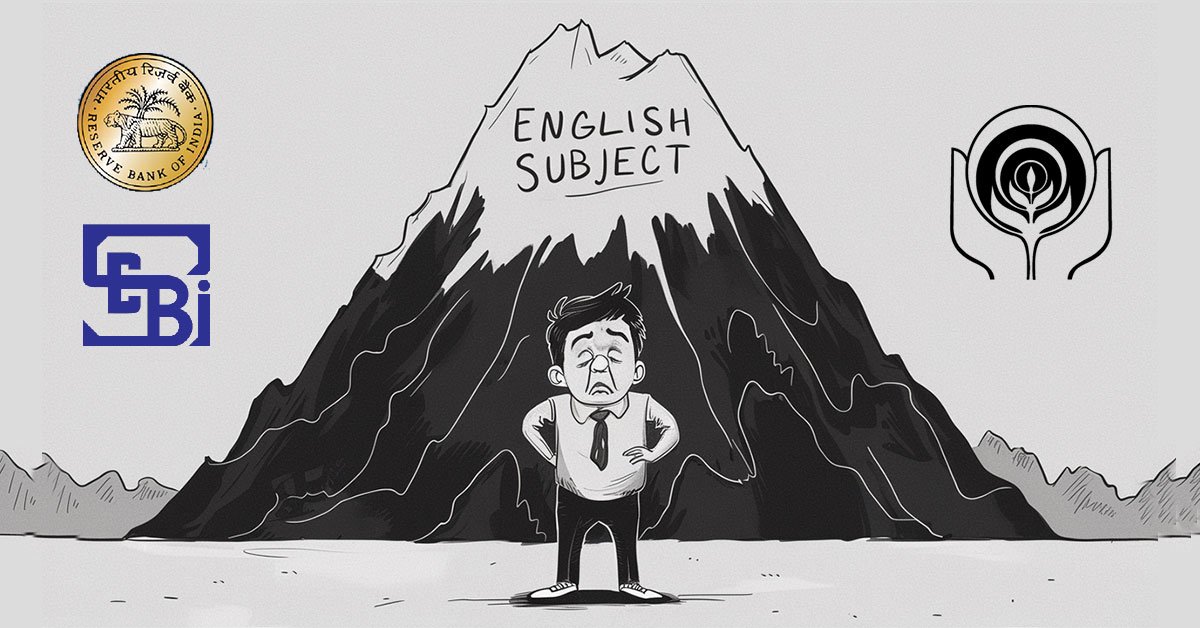Context:
One of the recent strong signals towards more foreign direct investment for the country comes from Union Finance Minister Nirmala Sitharaman as she declared a renewed version of India’s model Bilateral Investment Treaty (BIT). Since India is close to reaching finality on long-pending free trade agreements (FTAs) with the United Kingdom (UK) and the European Union (EU), changes need to be made to the current model BIT to try to make it an investment-friendly framework.
Background and Key Issues in the Current BIT Framework
- Bad Legal Decisions
- The revised BIT is sought due to the adverse legal rulings against India through retrospective taxation in cases of Vodafone and Cairn Energy, which followed the seizure of foreign assets. Consequently, India has terminated the BITs with more than 75 countries between 2016 and 2021.
- Defensive Nature of the 2016 BIT
- The BIT brought into effect in 2016 was meant to safeguard foreign investors but eventually served to shield the Indian government from international arbitration risks. Major concerns were:
- Critical principles like “most favoured nation” and “fair and equitable treatment” are excluded, which are normally incorporated in a BIT.
- Tax disputes were out of the BIT purview, and the government, thereby had a big say on the nature of dispute.
- The BIT brought into effect in 2016 was meant to safeguard foreign investors but eventually served to shield the Indian government from international arbitration risks. Major concerns were:
- Local remedies clause
- The BIT, thereby, required that investors exhaust domestic remedies legally for five years to resort to arbitration, therefore making investors, rather potential ones wary of this highly time-consuming but also insecurely account of the process to be experienced.
The revamped model BIT must move from a defensive posture into one that actively facilitates foreign investment. This would have to consider the following:
- Adopt Global Best Practices
- Flexible terms and fair dispute resolution mechanisms should be incorporated so that foreign investors are enlightened and assured about the clarifications.
- The most favored nation and fair and equitable treatment principles must be reinstated for India to regain its competitiveness edge in attracting global capital.
- Reducing Legal Obstacles
- The five year wait time before arbitration can be reconsidered, considering that with slow judicial action in India, people are not expecting to find an investor.
- Incorporating Investment Areas
- The new BIT should cover a wider range of investments, such as portfolio investments and indirect investments, according to international standards.
- Reduction of Government Discretion
- The government should minimize its discretion in tax disputes and adopt a transparent and equitable procedure to resolve the issue.
Progress and New BIT Agreements
India has already entered into BITs with the UAE, Brazil, and Taiwan under the existing framework. These have been different from the model BIT, with some even:
- Reducing the period for exhausting legal remedies.
- Including portfolio investments (as in the UAE agreement).
- These agreements point to a degree of flexibility in India’s approach and offer some clues about what the new and improved BIT may look like.
















